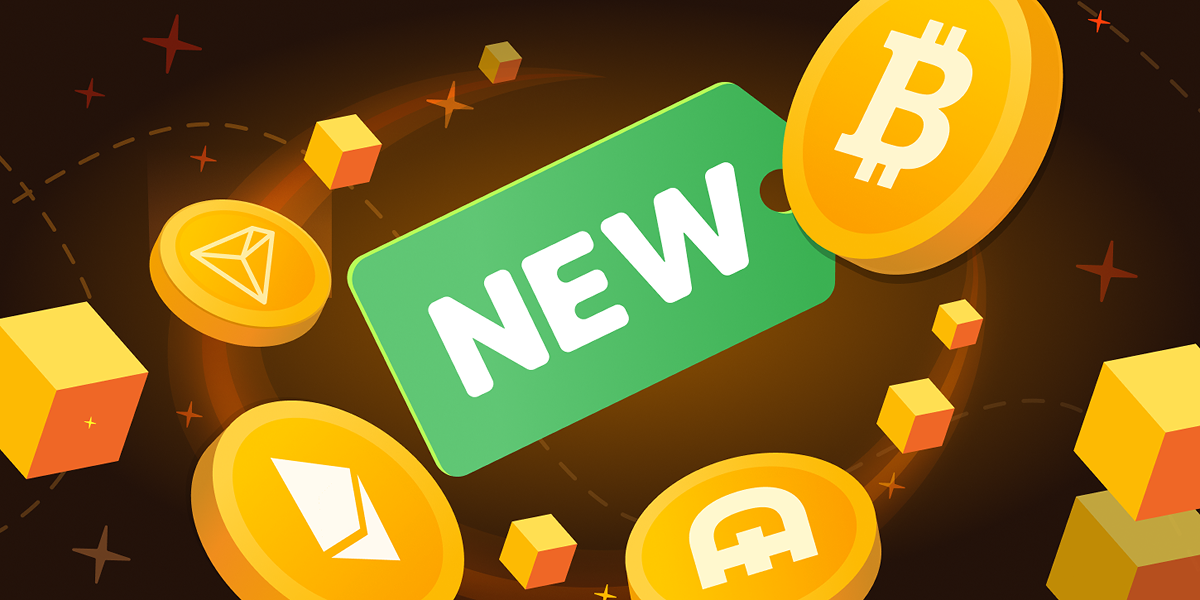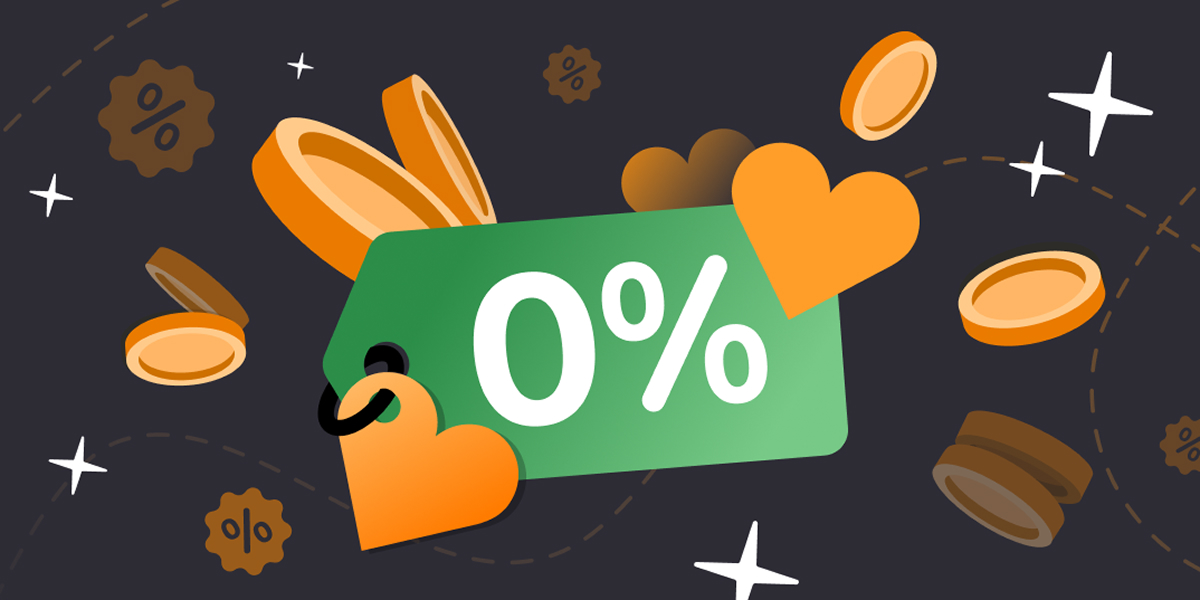NC Wallet News
View allComprehensible Guide
Simple Anatomy of a Smart Contract

Are you ready to put your blockchain knowledge to the test? Then answer this: what do Ethereum, Tron, Solana, and Polygon have in common? They all support smart contracts! Let's get to the bottom of their nature.

If taken literally, the concept of a smart contract can be misleading. It’s neither “contract”, nor “smart”. Even Vitalik Buterin — the founder of Ethereum (the first blockchain to introduce smart contracts) — considers it inaccurate and opts for a “persistent script” instead. So, what are they then?

Regardless of the network, every smart contract has:
Address
A unique and permanent identifier showing the location of the smart contract for that token
Code
A program that defines how a smart contract generally works (the set of functions it can perform)
State
It shows the current state of a smart contract, for example, keeping track of how much of the token each address owns
Let’s take USDT as an example. It has an immutable TRC-20 smart contract address: TR7NHqjeKQxGTCi8q8ZY4pL8otSzgjLj6t
It keeps the current balance of USDT on the TRON network with the list of accounts that own these funds.

As we mentioned above, a smart contract represents:
a dynamic structure that maintains, for example, correspondence between user addresses and balances;
a predefined set of functions that users can invoke.
When, for instance, Peter wants to send some USDT to Ann, the smart contract calls the “transfer” function. This function deducts the specified amount from Peter's balance and adds it to Ann’s. So, a smart contract records the movement of funds from one address to another.
Now that you've got a handle on smart contracts, why not delve deeper into blockchain and make your experience smoother with NC Wallet?
 NC WALLET
NC WALLET

Recently Added

4 more coins on Binance network

All fees are covered by NC Wallet


 en
en de
de
 fr
fr
 es
es
 it
it
 ru
ru
 pt
pt